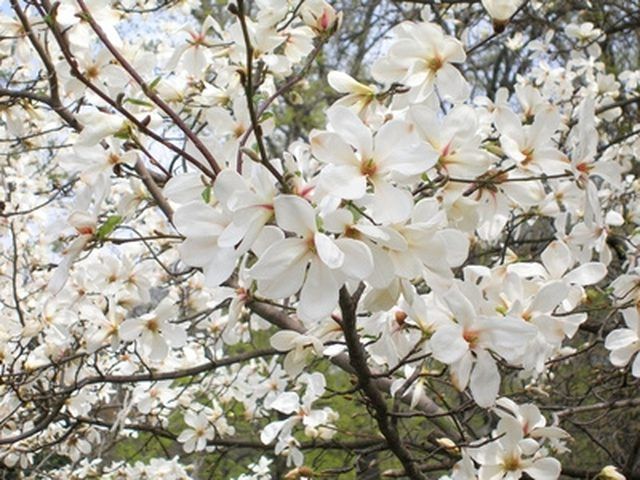Bulbs
Flower Basics
Flower Beds & Specialty Gardens
Flower Garden
Garden Furniture
Garden Gnomes
Garden Seeds
Garden Sheds
Garden Statues
Garden Tools & Supplies
Gardening Basics
Green & Organic
Groundcovers & Vines
Growing Annuals
Growing Basil
Growing Beans
Growing Berries
Growing Blueberries
Growing Cactus
Growing Corn
Growing Cotton
Growing Edibles
Growing Flowers
Growing Garlic
Growing Grapes
Growing Grass
Growing Herbs
Growing Jasmine
Growing Mint
Growing Mushrooms
Orchids
Growing Peanuts
Growing Perennials
Growing Plants
Growing Rosemary
Growing Roses
Growing Strawberries
Growing Sunflowers
Growing Thyme
Growing Tomatoes
Growing Tulips
Growing Vegetables
Herb Basics
Herb Garden
Indoor Growing
Landscaping Basics
Landscaping Patios
Landscaping Plants
Landscaping Shrubs
Landscaping Trees
Landscaping Walks & Pathways
Lawn Basics
Lawn Maintenance
Lawn Mowers
Lawn Ornaments
Lawn Planting
Lawn Tools
Outdoor Growing
Overall Landscape Planning
Pests, Weeds & Problems
Plant Basics
Rock Garden
Rose Garden
Shrubs
Soil
Specialty Gardens
Trees
Vegetable Garden
Yard Maintenance
Magnolia Tree Pests
Magnolia Tree Pests. Magnolia trees are among the most beautiful flowering trees to be found. Offering large, fragrant blossoms in spring, and in some cases through the summer, magnolias are prized for their ornamental beauty. While these lovely trees are relatively disease and pest free, there is one magnolia tree pest that can cause trouble.

Magnolia trees are among the most beautiful flowering trees to be found. Offering large, fragrant blossoms in spring, and in some cases through the summer, magnolias are prized for their ornamental beauty. While these lovely trees are relatively disease and pest free, there is one magnolia tree pest that can cause trouble.
Magnolia Scale
The mature magnolia scale is a large scale insect, about 1/2 inch in diameter, that feeds on the sap of magnolia trees. According to the Ohio State University Extension, immature magnolia scale insects are tiny and mobile until they find a suitable feeding spot. Once they locate a good spot, they attach themselves to the tree, living out their lives there. Young scale insects are dark-gray, with a red or brown ridge on the back of their shell. As they molt into adulthood, they look like large oval-shaped bumps on the tree. Mature scales are pinkish-orange or brown, and sometimes have a white, waxy coating. One generation of magnolia scale is produced each year.
Symptoms
Magnolia scale symptoms include the noticeable shell covering of each insect and the scale's excrement, which is a sugary waste called honeydew. The branches and leaves of the magnolia tree may look shiny with honeydew, or they might appear to have a black, sooty coating, which is the result of a mold fungus that grows in the honeydew. Bees, flies and wasps are attracted to the honeydew.
Damage
A small infestation of magnolia scale may cause little harm to a magnolia tree, but controlling this scale is difficult and infestations can easily grow, possibly causing branches to die back, or the death of the entire tree, according to the University of Kentucky College of Agriculture.
Insecticides
Horticultural oils may be sprayed on scale infestations, but will not work well if the infestation is large and layered, since the oil has to penetrate the scale covering to kill the insect. If the scales have developed a white, waxy coating, the effectiveness of horticultural oils will be further reduced. If immature scales that are in the crawler stage are targeted, the success rate of insecticidal sprays will be better, but the hatching season for magnolia scale is long, requiring repeated sprays.
A systemic insecticide, imidacloprid, can be applied in May as a drench around the root zone of an affected tree. This water soluble pesticide is taken up through the root system and distributed throughout the tree, eventually getting into the scale insects' digestive systems and killing them.
Natural Enemies and Cultural Control
There are some beneficial insects that are natural enemies of magnolia scale, including lady beetle larvae and adults, predatory mites, and parasitic wasps. Be careful when using horticultural oils and insecticidal soap, so that harm to beneficial insects is minimized, or use a systemic insecticide that will not affect beneficial insects.
Scales like to attack plants that are stressed, so do what you can to promote good health in your magnolia tree. If you have a tree with scale-infested branches, prune the branches from the tree, and protect the healthy new growth by using an insecticide to eliminate further attacks.